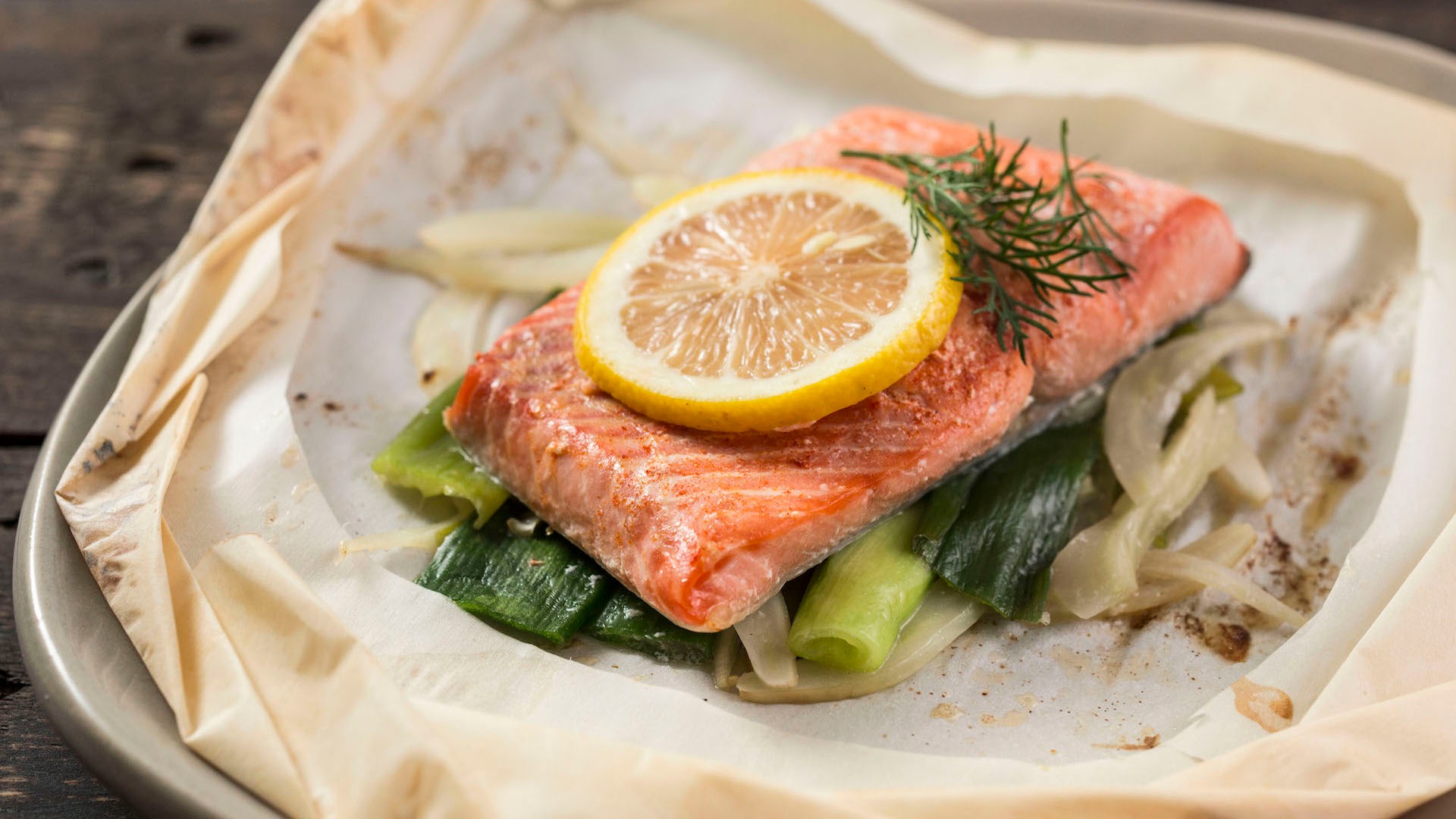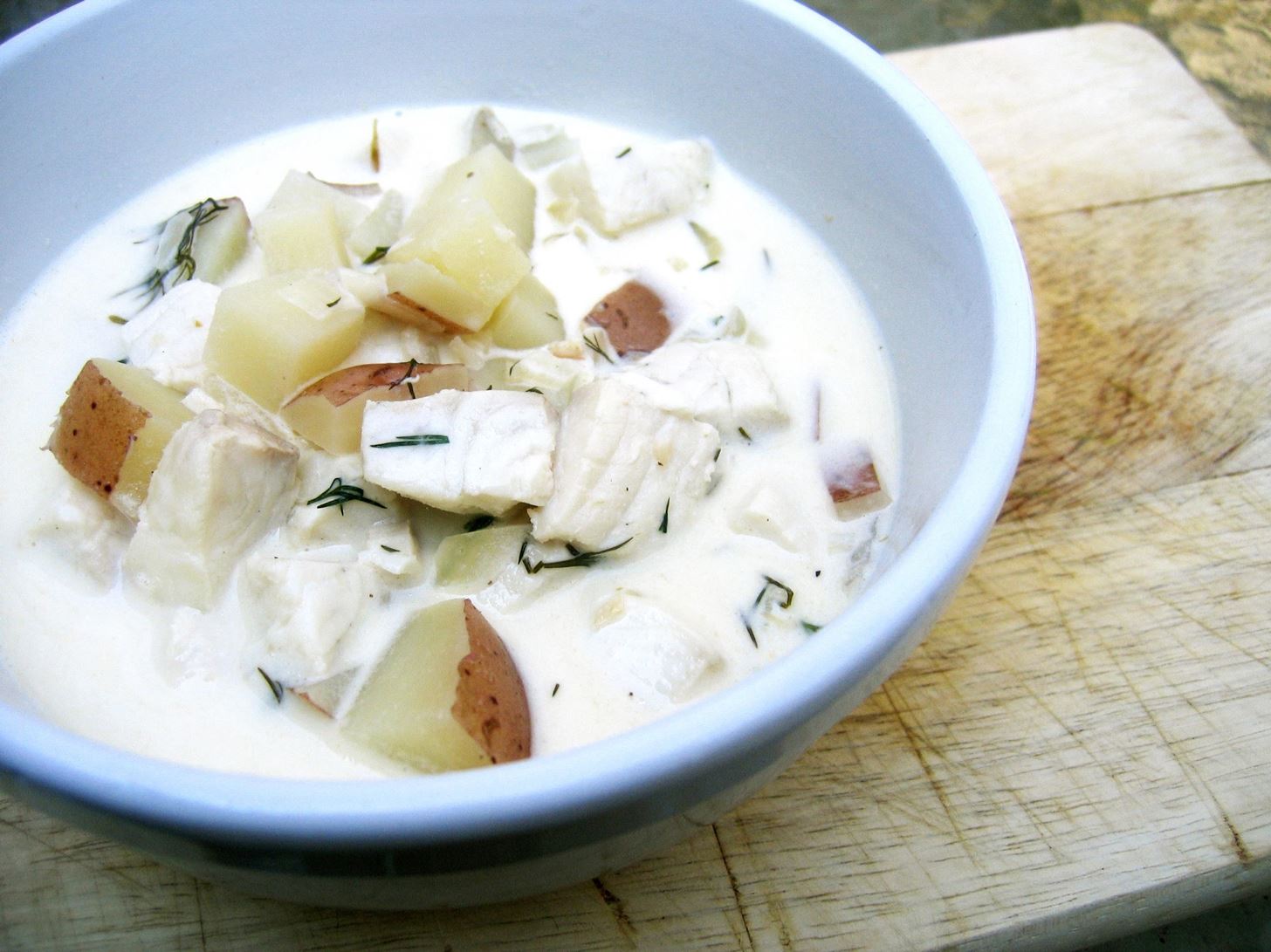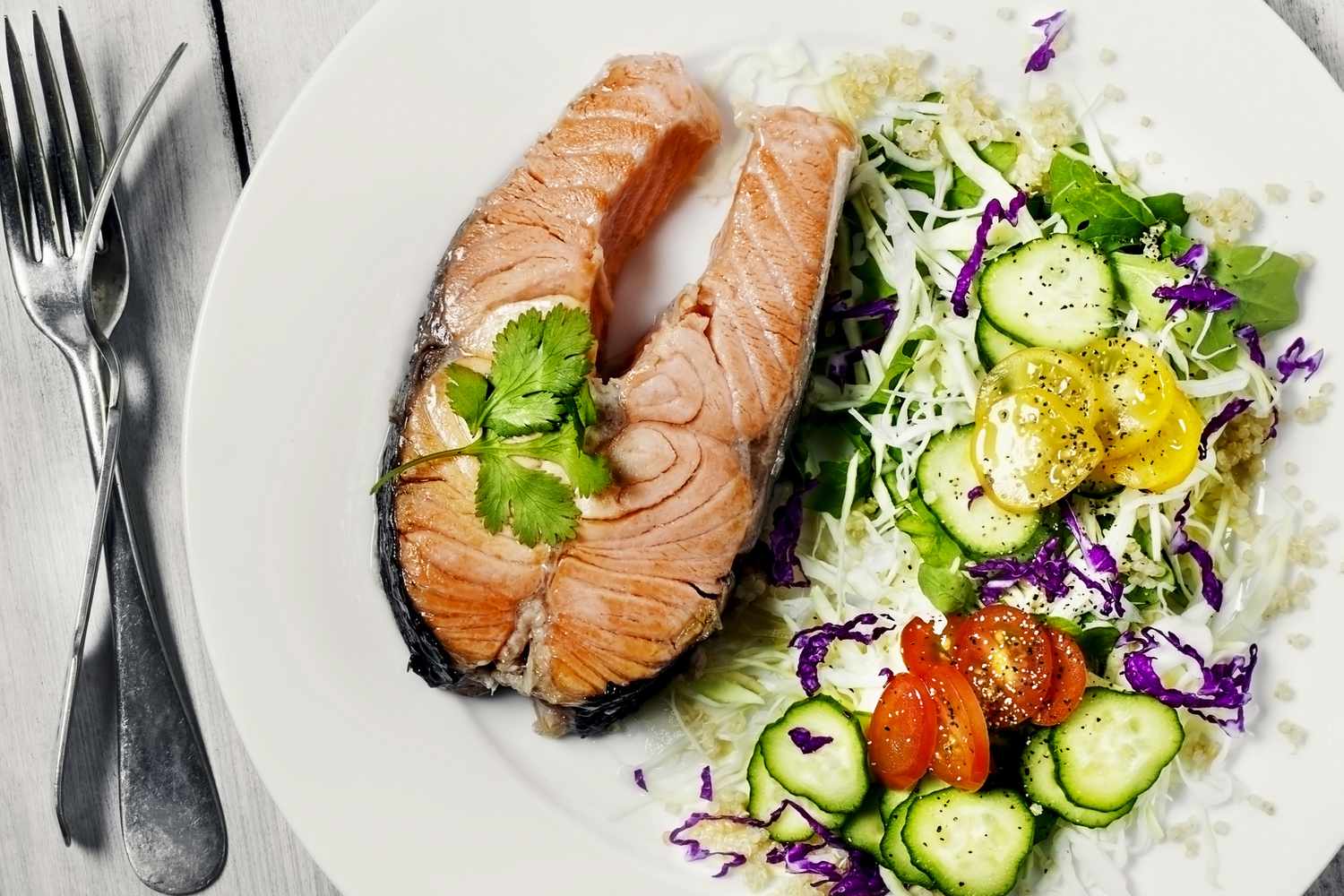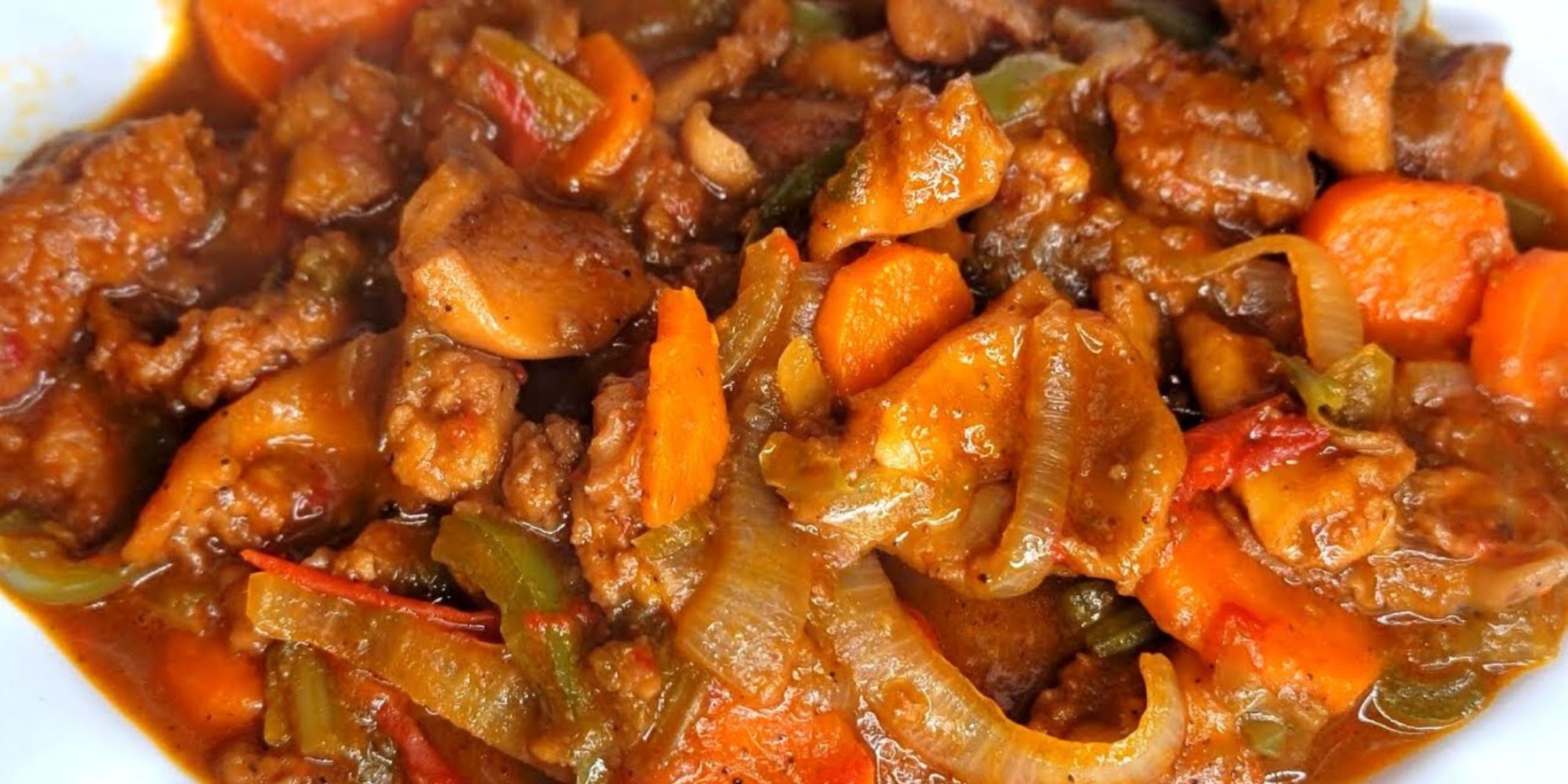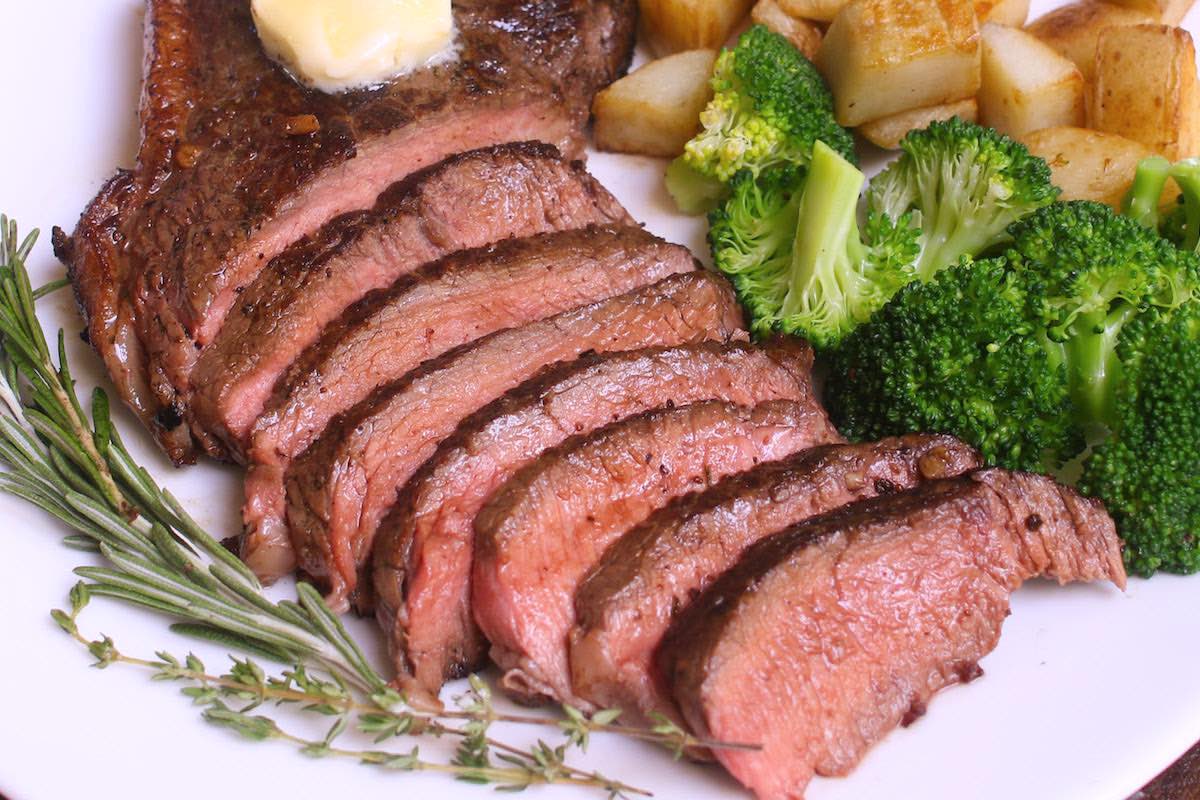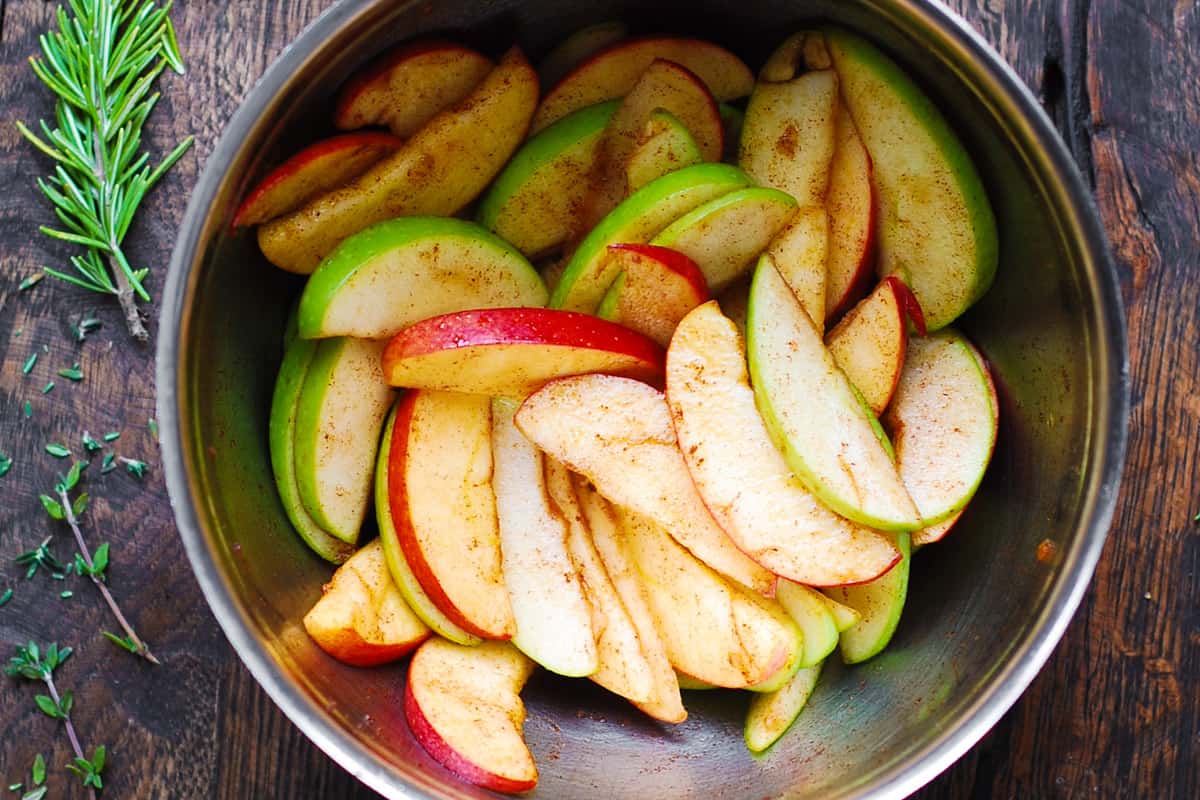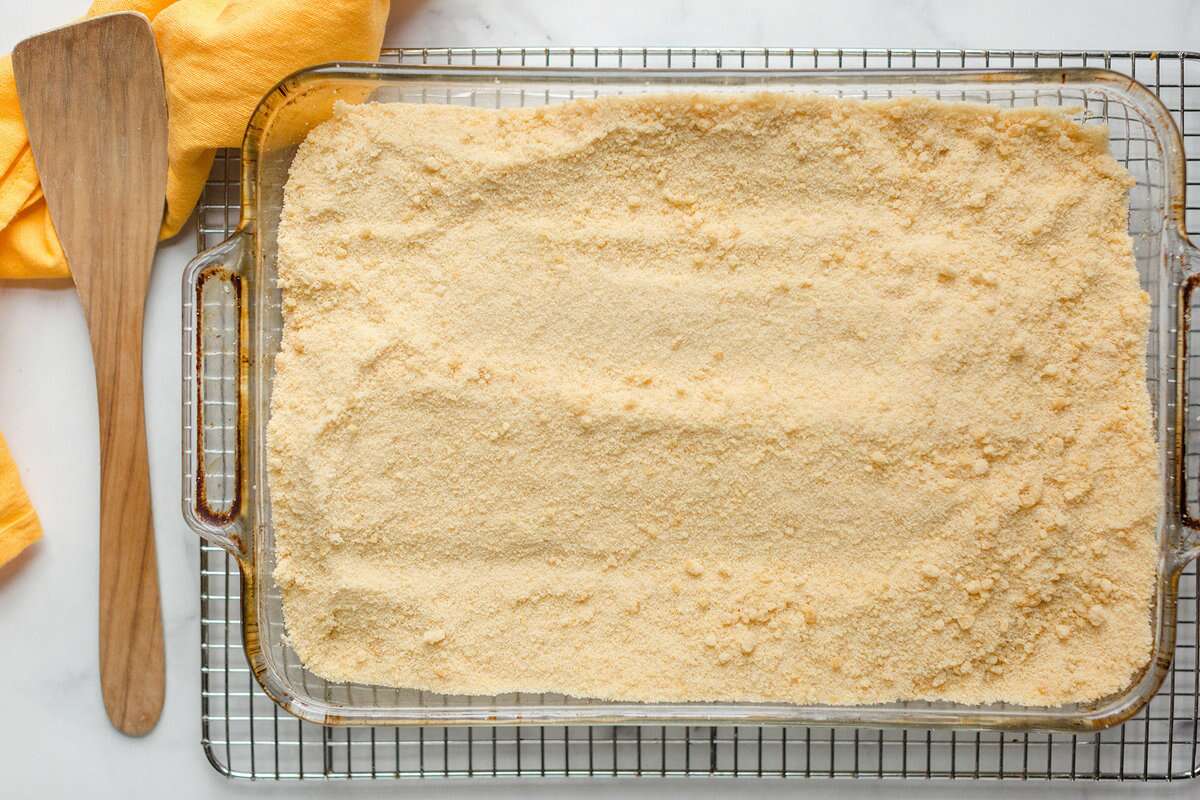Easy and Delicious Way to Poach Salmon Fillets in Milk
Salmon is a popular and nutritious fish that can be prepared in a variety of ways. One of the most delicious and simple methods to cook salmon is by poaching it in milk. This cooking technique results in tender, flavorful salmon fillets that are perfect for a healthy and satisfying meal. In this article, we will explore the step-by-step process of poaching salmon fillets in milk, and provide some tips for achieving the best results.
Ingredients You Will Need:
- Salmon fillets
- Whole milk
- Butter
- Herbs and spices of your choice (such as dill, parsley, or lemon)
- Salt and pepper
Step 1: Prepare the Salmon
Before poaching the salmon, it’s important to prepare the fillets. Start by rinsing the salmon under cold water and patting it dry with paper towels. Season the fillets with salt and pepper, and set them aside.
Step 2: Poach the Salmon
Place the salmon fillets in a shallow pan or skillet. Pour enough whole milk over the fillets to cover them completely. Add a tablespoon of butter to the milk, along with any herbs or spices you’d like to use for flavor. Bring the milk to a gentle simmer over medium heat. It’s important not to let the milk boil, as this can cause the salmon to become tough.
Step 3: Cook the Salmon
Once the milk is simmering, reduce the heat to low and cover the pan. Allow the salmon to poach in the milk for about 10-15 minutes, or until the fillets are opaque and flake easily with a fork. Cooking time may vary depending on the thickness of the fillets, so keep an eye on them to avoid overcooking.
Step 4: Serve and Enjoy
Using a slotted spatula, carefully remove the poached salmon fillets from the milk and transfer them to a serving platter. Garnish the salmon with fresh herbs or a squeeze of lemon juice for an extra burst of flavor. Serve the poached salmon alongside your favorite sides, such as steamed vegetables or a light salad, and enjoy!
Tips for Perfectly Poached Salmon
- Choose fresh, high-quality salmon fillets for the best results.
- Experiment with different herbs and spices to customize the flavor of the poached salmon.
- Keep an eye on the milk to ensure it stays at a gentle simmer throughout the poaching process.
- Use a timer to avoid overcooking the salmon, as it can become dry if left in the milk for too long.
- Consider adding a splash of white wine or a squeeze of lemon juice to the poaching liquid for added complexity.
With these simple steps and tips, you can easily poach salmon fillets in milk to perfection. This cooking method results in tender, moist, and flavorful salmon that is sure to impress your family and friends. Give it a try for your next meal and savor the deliciousness of poached salmon!
More Delicious Salmon Recipes to Try
Once you've mastered the art of poaching salmon fillets in milk, a world of flavorful possibilities awaits. Dive into recipes like Creamy Salmon Dill Capers, where the tang of capers complements the smooth texture of milk-poached salmon. For a zestier twist, the Lemon Herb Salmon infuse classic citrus and herb notes into the delicate fish. If you're in the mood for something more exotic, the Curried Coconut Salmon offers a fusion of rich coconut milk and aromatic spices, transforming your meal into a culinary adventure. These recipes not only enhance your cooking skills but also expand your flavor palette with diverse and delicious options.
